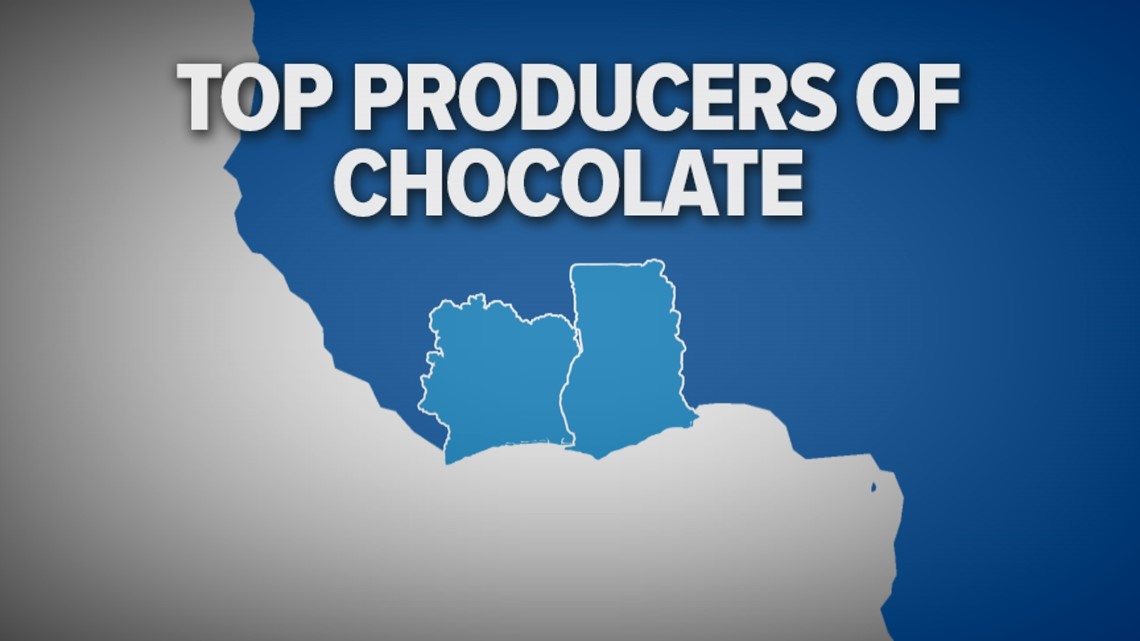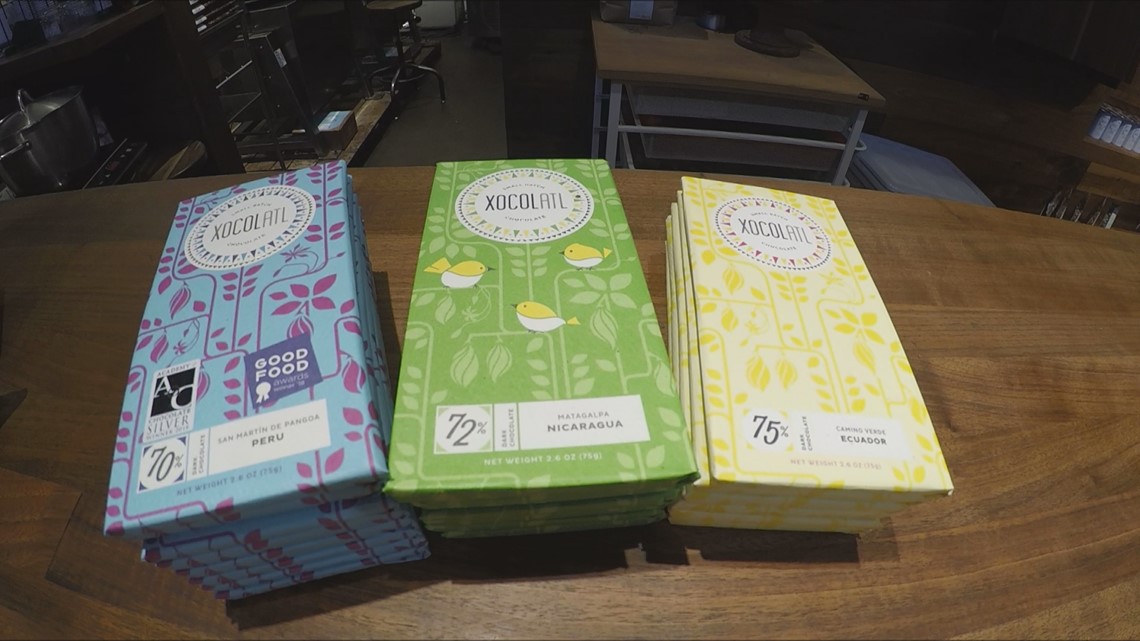ATLANTA — Americans are expected to set another record for Valentine’s Day spending.
The National Retail Federation says people will spend 20 percent more than they did last year. Of course, chocolate is a popular gift. It turns out there’s more than one reason you could pay a little more for your chocolate this year.
When it comes to the top producers of chocolate, West African neighbors Ivory Coast and Ghana win by far, producing more than 60 percent of the world’s cocoa.
These are the beans industrial-makers like Nestle, Hershey’s and Mars buy.
Last summer, the countries announced a $400 premium called a Living Income Differential on every ton of chocolate for the 2020-2021 season in an effort to combat the extreme poverty cocoa farmers face.


“This is a very forward-looking program to try and create a living wage for these farmers. The subsidy is put in place to try to protect these farmers, but that means that the consumer has to pay this,” said Tom Smith, finance professor and economist at Emory University’s Goizueta Business School.


In Atlanta, the trend has moved toward small-batch premium chocolate like Xocolatl at Krog Street Market.
“Very small batch. [The factory is] about 225 square feet of production space,” co-founder Matt Weyandt said. “This is probably one of, if not the smallest, chocolate factories in the country.”
The chocolatier is small, but it’s mighty. At capacity, they make about 12 tons of chocolate each year, and they travel to South and Central American countries to meet with farmers directly to buy their beans.
“These are beans from a co-op in Pangoa, Peru,” Weyandt says as he slices through a large burlap bag.
In Ghana and Ivory Coast, cocoa is selling for about $2,600 per ton. Weyandt said they willingly pay much more.
“We are paying almost double that for all of the cacao we buy. Sometimes we pay more than double that,” Weyandt said.
You can feel it at the register. One of Xocolatl’s chocolate bars runs $9 to $10 apiece.


“Our chocolate comes at a cost. It costs more than a Snickers bar,” he said.
Weyandt says it’s about more than making a profit. Their mission is to educate as much as sell.
He wants people to know what it really costs to make chocolate, from the farmer to the finished bar, and if that means they have to sell a little less, he’s OK with that.
“We might all need to consume a little bit less, but pay a fair price for it,” Weyandt said.
In the end, the consumer always has the final say.
“It’s your choice to buy it or not, so if you want to make somebody happy on Valentine’s Day, maybe you’ll be willing to pay that extra price,” Smith said.


